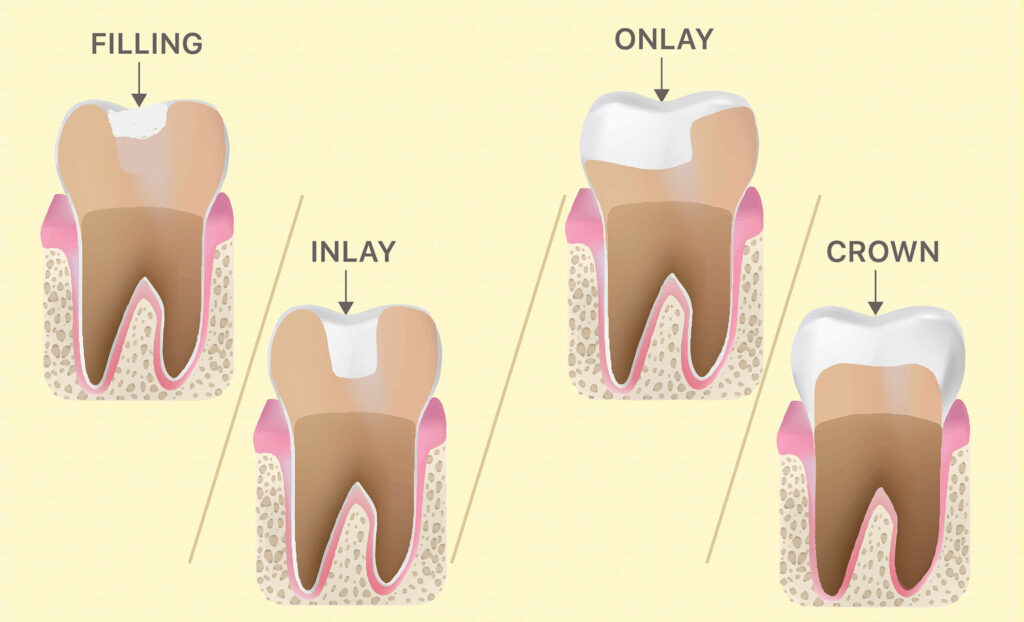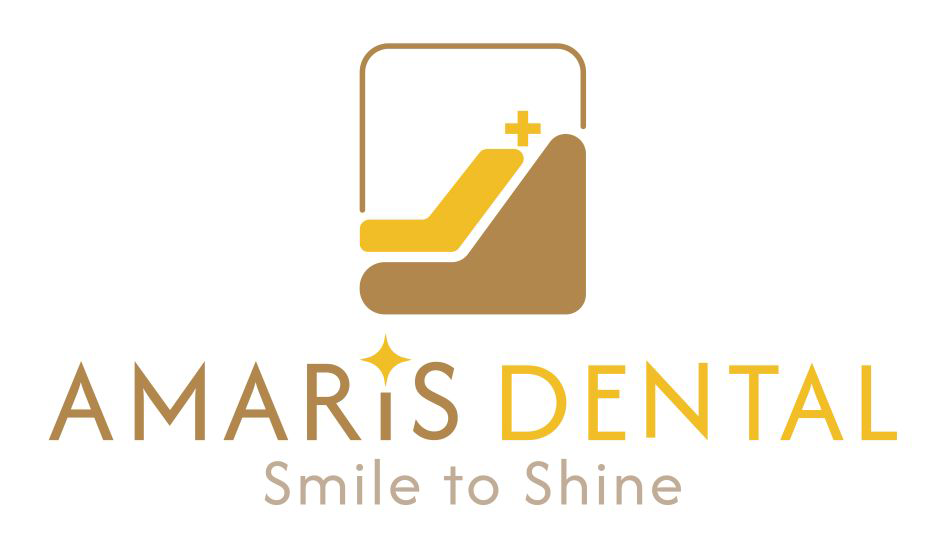If you’re searching for high-quality dental treatments in Da Nang, you may have come across the terms inlay and onlay. These are effective restorative procedures that can help restore teeth that have been damaged by decay, trauma, or wear. However, before diving into these treatments, it’s important to understand when and why they’re needed and how they differ.
What are Inlays and Onlays?
Inlays and onlays are indirect fillings used to treat teeth with damage that isn’t extensive enough to require a full crown. They are custom-made in a dental lab to fit precisely into the cavity of your tooth, providing a durable, aesthetically pleasing restoration. These treatments are typically used for the back teeth where decay or damage is more likely to occur.
- Inlays fit inside the tooth’s grooves and are typically used when the damage is smaller, usually confined to the chewing surface.
- Onlays are larger and cover one or more cusps (the pointed edges of the tooth). Onlays are used when there’s more damage to the tooth, and the restoration needs to cover a larger portion.

When Should You Choose Inlays or Onlays?
- Inlays are ideal for cavities that are too large for a filling but not severe enough to require a full crown. They preserve more of the original tooth structure.
- Onlays are suitable for teeth that have larger cavities or broken cusps, offering additional support. They can be used for both back and front teeth, depending on the severity.
Both inlays and onlays offer advantages over traditional fillings like composite fillings as they can last longer, are more durable, and maintain the natural shape and function of the tooth.
Materials Used in Inlays & Onlays:
At Amaris Dental Clinic, we use high-quality Emax ceramic material by Ivoclar (Germany), known for its excellent aesthetic properties, strength, and durability. Emax inlays and onlays are designed to blend seamlessly with your natural teeth, offering a solution that both looks great and functions well. This material is particularly favored for its translucency and ability to resist chipping, making it an ideal choice for teeth that need long-lasting restoration.
The History of Inlays and Onlays:
The history of inlay and onlay materials dates back over a century. Initially, gold was the preferred material due to its durability. However, advancements in dental technology and material science have introduced more natural-looking options like porcelain and Emax ceramics. These materials mimic the look of natural teeth while providing superior strength and resilience.
When Is It Time to Get Inlays or Onlays?
If the damage to your tooth is too significant for a regular filling but not severe enough for a full crown, inlays or onlays might be the right choice. Depending on the severity of the cavity, these restorations can help you retain more of your natural tooth while restoring both function and appearance. Here’s a breakdown of when each treatment is typically recommended:
- Inlays: For smaller cavities, often in the interior of the tooth.
- Onlays: For larger cavities or when there’s more significant damage, such as cracked or broken cusps.
Both types of treatments are less invasive than a full crown and maintain the natural tooth structure.
Why Choose Amaris Dental Clinic?
At Amaris Dental Clinic, we pride ourselves on using cutting-edge technology and premium materials. Our experienced team of dentists ensures that every inlay and onlay treatment is tailored to the patient’s needs, ensuring both comfort and long-lasting results. We also provide a gentle and relaxing treatment experience, using modern tools to minimize discomfort during the procedure.

